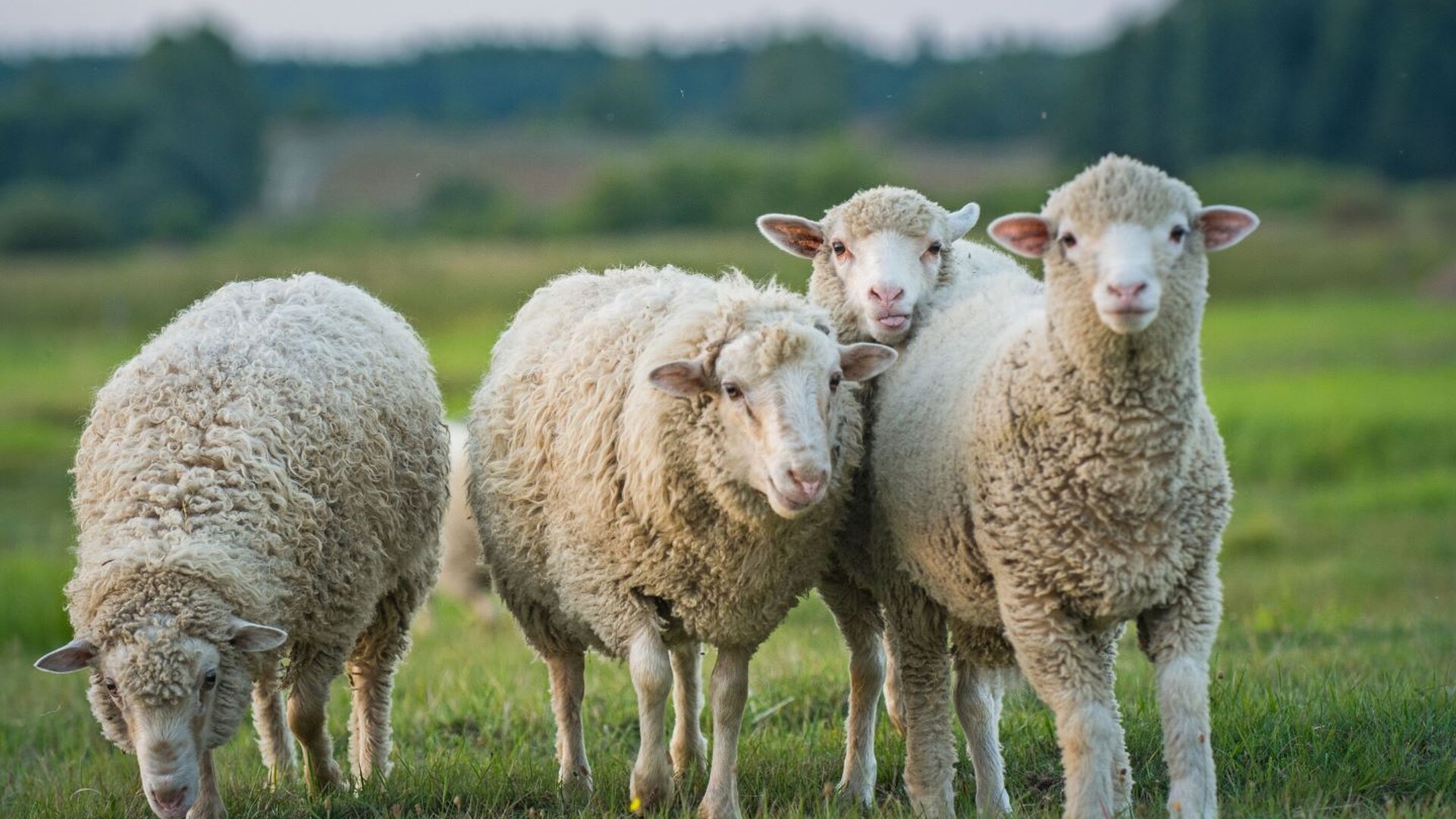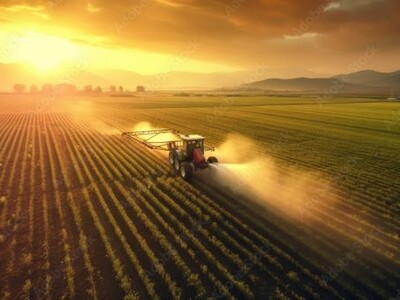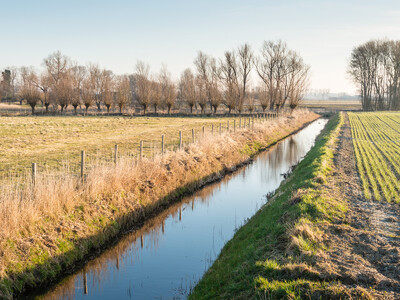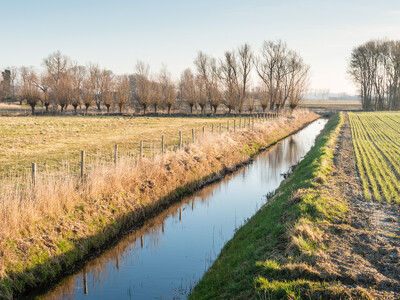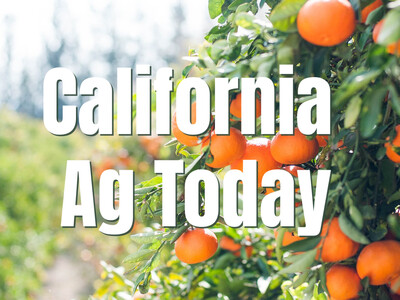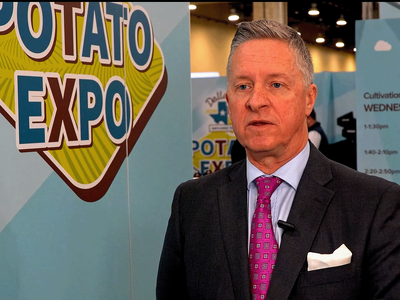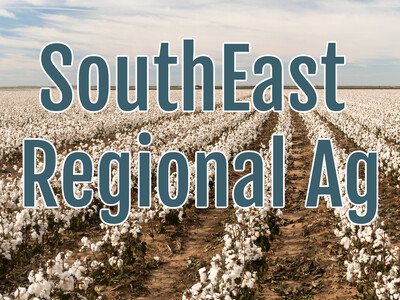Part 2: Wool Pellets Are Part of Sustainable Ag Industry
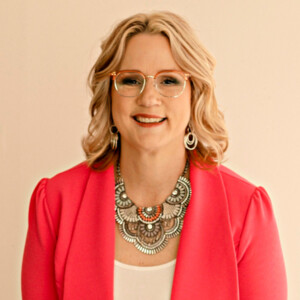
Lorrie Boyer
Reporter
“With the University of Vermont, that's where we did it was a row crop trial. And that's how they were, you know, applying it is right into the furrow with the seed. So they were putting the walk-in with the seed and putting it through the machine. And that's what we had done originally on our farm just as a as a trial. And that's a great way. This study that I mentioned with the range land, their drill that they're trying to put the seed is a lot smaller. So it's still in the back of a tractor, that they contacted us and said, Well, we like the quarter-inch pellet, you've got the diameter, but can you make it a smaller one so we've actually gotten with a four-millimeter pellet and we're hoping that that will feed through their machine even better so there's still development in that but I mean, there's there's a real benefit there too.”
These wool pellets, composed solely of natural ingredients with no additives can reduce water usage by up to 25% according to Wilde and he says the pellets align seamlessly with sustainability initiatives embraced by various sectors of the agriculture industry.


